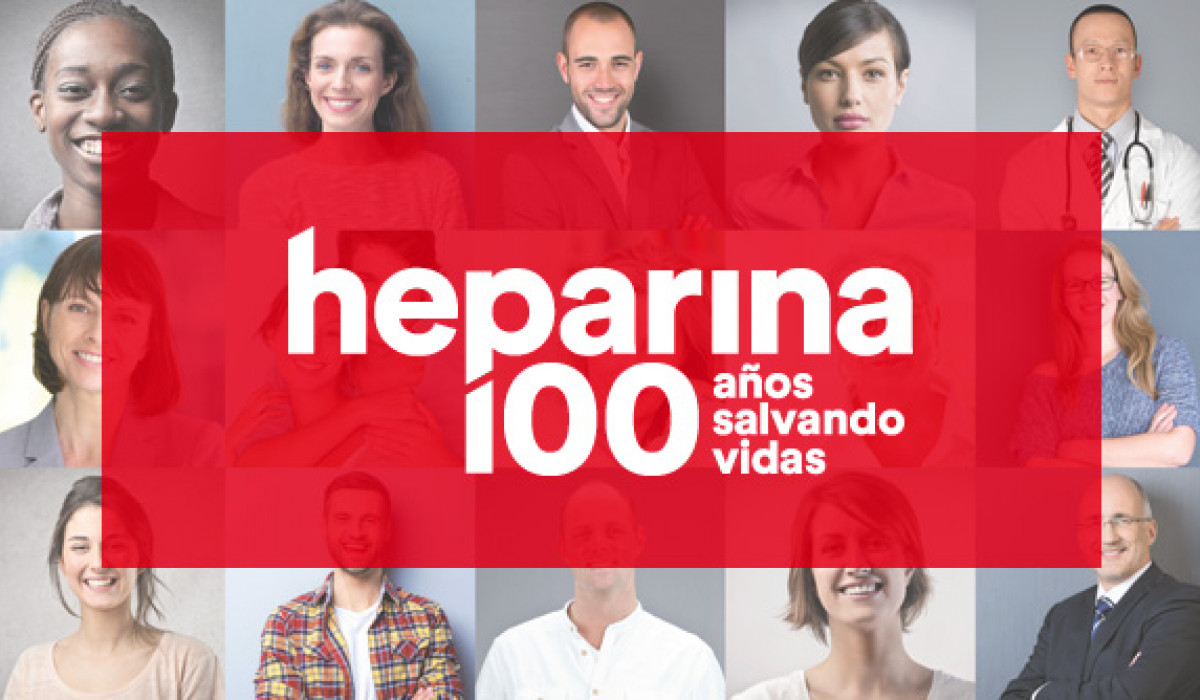Heparin turns 100 years old
Joan Bassa, Heparin Director of Bioiberica
100 years of saving lives. In 2016, we celebrate the centenary of heparin, the most commonly used anticoagulant and antithrombotic agent in the world, discovered by Jay McLean, a young medical student in Johns Hopkins University.

We in Bioibérica have been producing this molecule for more than 40 years.When Juan Rodríguez, a heparin expert from our company told me his story, I was moved: “Three years ago I suffered two heart attacks. In the operation and post-operation, I was given heparin and when I got home, I had to take it every day for two months. They didn't have to explain to me what it was used for. I told them that I had known about it in depth for over 26 years... Heparin saved my life”.
Like Juan, millions of patients are treated with heparin to prevent arterial, venous and pulmonary thromboembolisms, as well as coronary accidents, among others, which could even cause death. Without heparin, open heart surgeries could not be performed, nor could dialysis or organ transplants.
From the Greek 'Hepar'
As I mentioned, in 1916 Jay McLean isolated a phospholipid from canine liver cells in vitro which apparently had anticoagulant properties. A year later, his professor William H. Howell took up the research and managed to isolate another water-soluble anticoagulant polysaccharide, apparently different from the one discovered by McLean, which he called heparin (from the Greek Hepar, for liver). But it was not until 1937 that heparin was applied for the first time in a human patient without secondary effects and its use became widespread only in the 60's and 70's.
Most likely, neither McLean nor Howell were aware that they were discovering a drug that has been essential for modern medicine. Today its potential is enormous as we know that it has important anti-inflammatory, anti-tumour and anti-parasitic activity. As such, in Bioibérica we are collaborating with the world's most important research centres, such as the Ronzoni Institute, in projects which study heparin's activity in treating malaria, cancer and cystic fibrosis. This is the future of heparin.
To end this post, I suggest learning about and participating in the activities that we're organising in Bioibérica for the centenary, as well as the real stories on Heparin TV. You can also follow us on Twitter with the hashtag #100YearsHeparin.